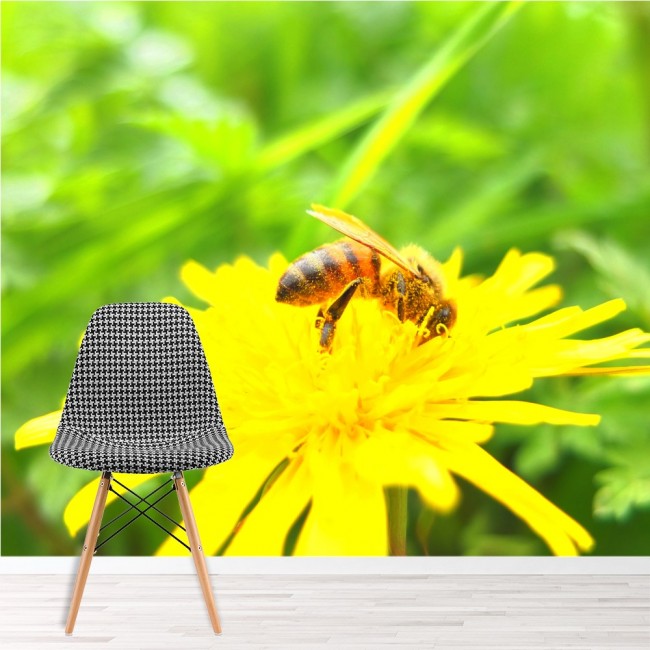
Speaking with Photographer, Tony Mills
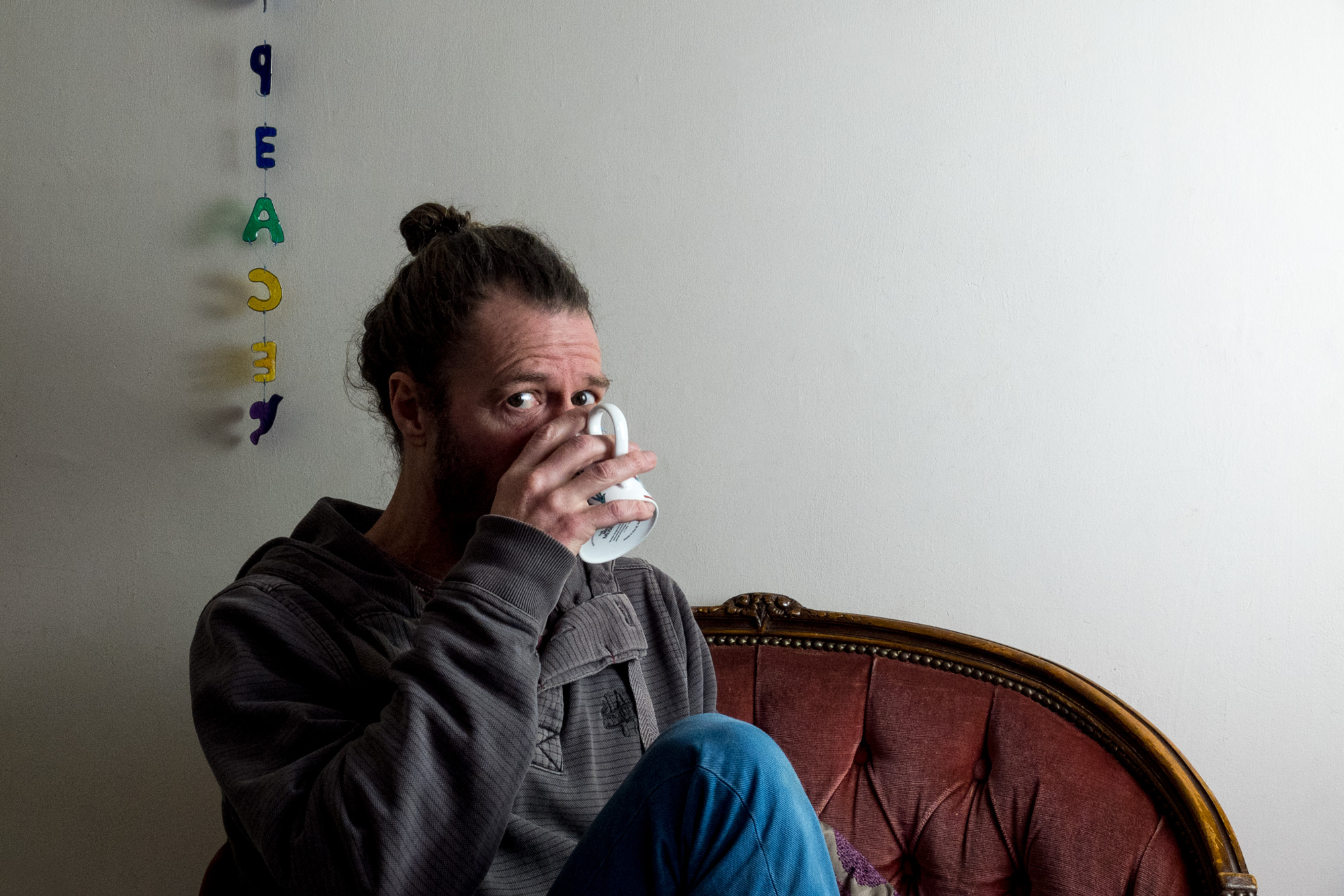
Tony Mills is a part-time photographer and full-time carer who has spent the majority of his life behind the camera. Winning competitions at an early age, Tony quickly took to photography and has spent years mastering the art.
We were lucky enough to catch up with Tony to discuss his interesting life, off-the-grid-living, his love of music and much more, in our latest Azutura creative interview.
Hi Tony, thanks for taking the time to speak to us. Can you start off by introducing yourself and telling us a little about your life?
Thanks for asking, and thanks for your interest in my photography. I live in South West England and I’ve been taking photos since I was quite young. Carrying a camera got me to pay a new kind of attention to the world around me. I definitely see photography as a way to communicate beauty that would maybe otherwise be missed or overlooked.
I worked in photographic retail several times, in the heyday of film and the first years of digital photography, and that gave me the opportunity to try a lot of different equipment and learn a lot hands-on.
I also like to play around with creating vector graphics, using CorelDraw for years but now Affinity Designer. I’ve built a few websites and can get by in HTML, CSS and navigate Wordpress. I’ve also used Photoshop since the late ‘90s but I’m competent rather than a wiz with it. I got my first computer around the same time as my first SLR camera, in the early ‘80s, so I have a certain understanding of them which has always been useful.
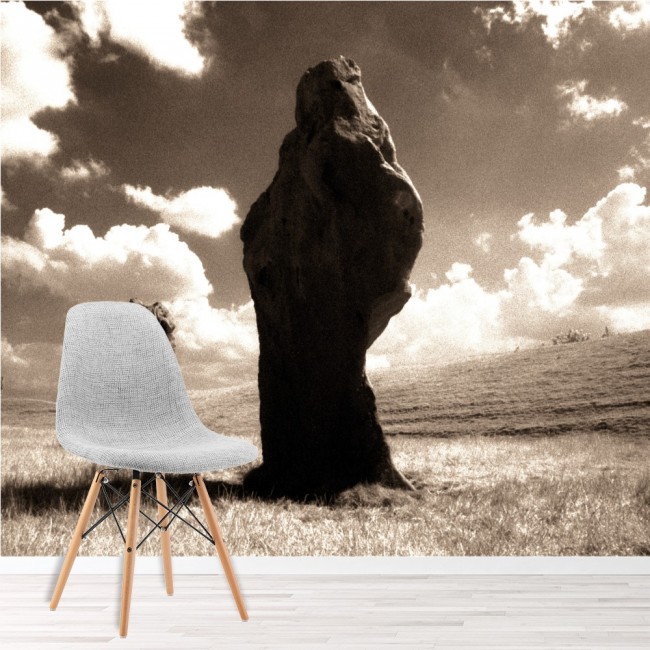
What’s a typical day like in the life of Tony Mills?
A workday may start in the morning, evening or afternoon, as I often do quite long shifts in my care job. I’m currently in my 15th year working for one woman (and friend) who is tetraplegic, following a diving accident.
As well as various care-type duties, I am also her primary technical support service, so I get all the tricky computer jobs, anything photographic or design-based (in tandem with her own, well-developed artistry) and anything that is otherwise technological in nature. It’s a very varied job.
My days off will, almost inevitably, include at least one café visit. I love to sit down with a good coffee, in someplace with a gentle buzz of people. I’m typing this in one now, in fact. I like to drive or walk somewhere, sometimes in nature and sometimes in towns, sometimes taking photos, sometimes just browsing charity stores!
A really good evening would include a musical jam with friends—I drum (I’m currently exploring and enjoying a cajon) and I play a pretty good (non-traditional style) ukulele. If not this, I love movies, also with a friend or two if possible.
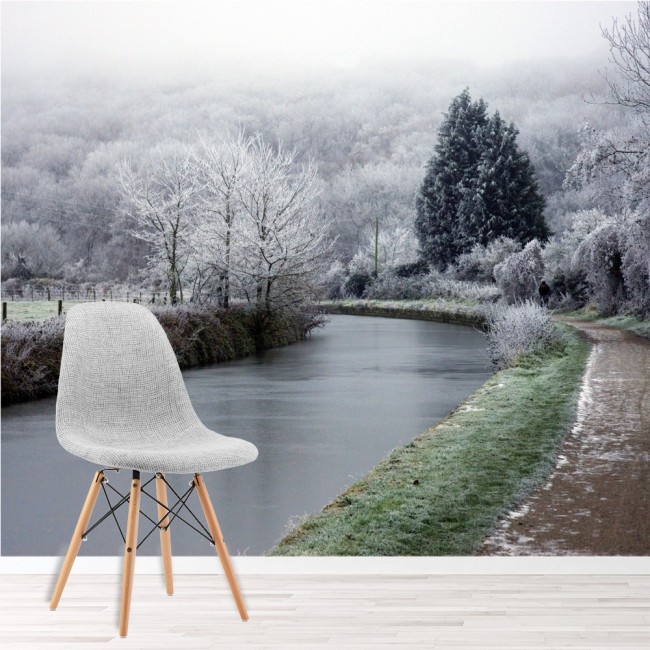
How and when did you first become interested in photography?
I was encouraged by my Dad to use a camera when I was about 12. It wasn’t something that he did but I must have shown signs of being inclined that way. I got my first Zenit SLR camera around the age of 13, in 1982.
I left school at 16 and went straight into photographic retail, almost by luck. I’d been soaking up photographic theory like a sponge from books since the age of 12, but this enabled me to learn a great deal more.
Although I won a minor competition at age 15, I don’t consider that I was competent at creating images that really satisfied me until many years later.
You’re a full-time carer. Can you tell us a little about how you balance this with your photography?
I generally have a camera with me but I have always considered photography a hobby and it kind of finds its own space around the rest of life! For many years I was perhaps behind a camera too much, so I’ve had to learn to put it down sometimes. So, no particular method, just as it takes my fancy and as time allows.
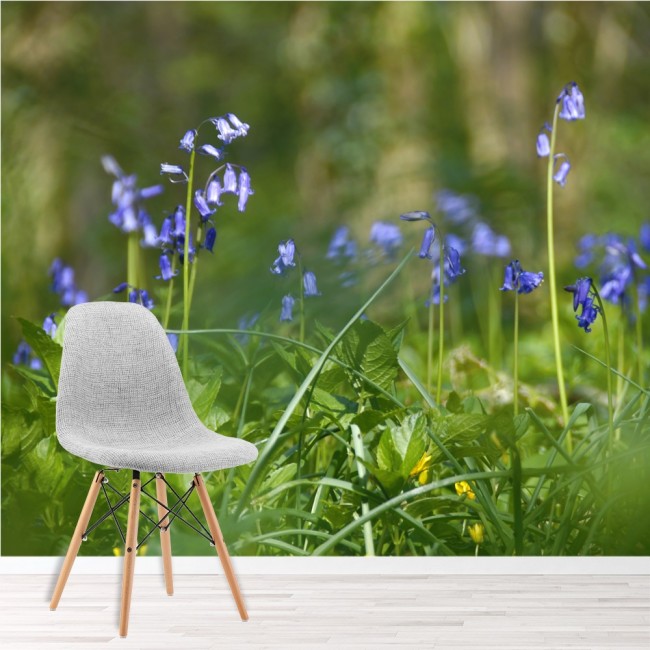
You live off-the-grid in a VW van and previously live on a narrowboat. What attracts you to this way of life?
I’m actually back on-grid now, in a Cottage in the Cotswolds, but maybe I will end up off-grid again—unknown at this point! I still own the van.
I do love the off-grid life, however. I was on the narrowboat for 11 years, moving it every two weeks as a “continuous cruiser”, with no fixed mooring. I had solar electricity, a wood-burning stove, propane hot water and cooker, I filled my own water tanks and emptied my own waste. This involves some work, but it’s very different from working to pay bills for someone else to provide it all, and enabled me to have a lot of time for myself for several years.
There was (and is) a lively and very supportive community on the canals, based around no ideology except living on the water and giving community-level access to just about every skill imaginable. I moved off partly because of a relationship at the time and also because I had been moving the boat every two weeks for so long, and it felt like time to try something different. I wanted to stay still for a while.
Off-grid living really woke me up to how little I needed to get by, despite being very comfortable. I loved being in control of so much of the day to day requirements, instead of being plugged into a seemingly never-ending supply and getting bills all the time, which always seem big in a house or flat, even if you try not to use much of anything.
I love almost all (well designed) off-grid dwellings. My favourite would probably be a cob-house or an Earthship. I love many of the tiny house designs as well. Even the lack of right-angles is a relief!
I look forward to the day that these beautiful, self-sufficient homes and technologies are celebrated and even prioritised. I think this would give us a positive, hands-on direction for the future and that it would bring a whole load of unforeseen benefits to our collective and individual spirits.
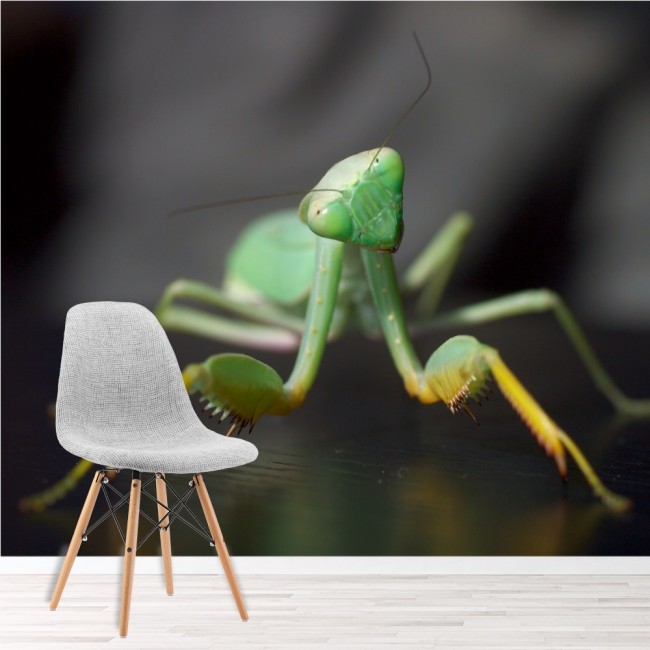
Where did you learn your amazing photography skills?
Thank you for saying that! I have no formal training. Most of my basic theory was learnt from books as a teenager. I am very hard to please regarding my own work, so my high level of self-criticism has been a major factor as well. If an image isn’t what I’d like then I want to figure out why. There have been certain tips and insights that have created great improvement at various points, both technical and artistic.
I feel that I’ve also been helped by getting extremely familiar with so many different cameras over the years, and many of the technicalities of equipment used are very automatic to me, which leaves me free to concentrate on what I’m shooting.
I learnt to shoot years ago, on film, including many slide films. Although my skills have improved since then, I still try to complete the image in-camera in one or two shots, as if it was a valuable slide or negative on a short roll of film and wasn’t able to be cropped or modified afterwards. This brings a lot of attention to the photographic moment, despite the “endless” capacity to re-shoot using digital cameras.
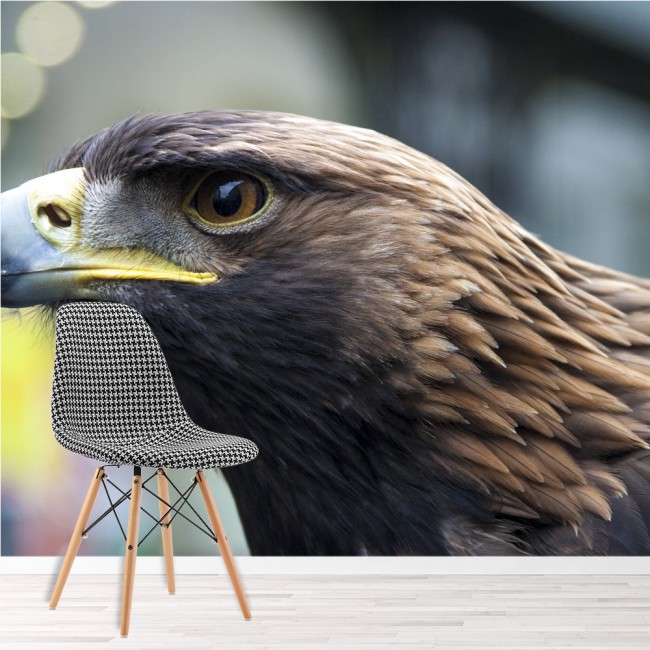
What kind of kit do you use?
I’m currently using a small, humble Fujifilm X10, after years of SLRs. I’ve been really enjoying the portable size combined with the remarkable quality. I’m considering an upgrade when funds allow, but I’ll probably stick with something of a similar size.
In the past, I’ve owned many 35mm cameras, including (in no particular order) a Nikon FA, Canon T90, Olympus OM-1n, more than one OM-2n, a Contax 139 with a Zeiss 50mm f1.7, Minolta X-300 and a little Ricoh GR-1 compact.
I’ve used lots of digital cameras via the shops I worked in but owned only a few, including a Canon D60 SLR and a Nikon D200. Lenses on these have been zooms, either 18-70 type or 18-200mm on the Nikon, although I also had a wonderful 50mm f2 Canon macro lens for the D60.
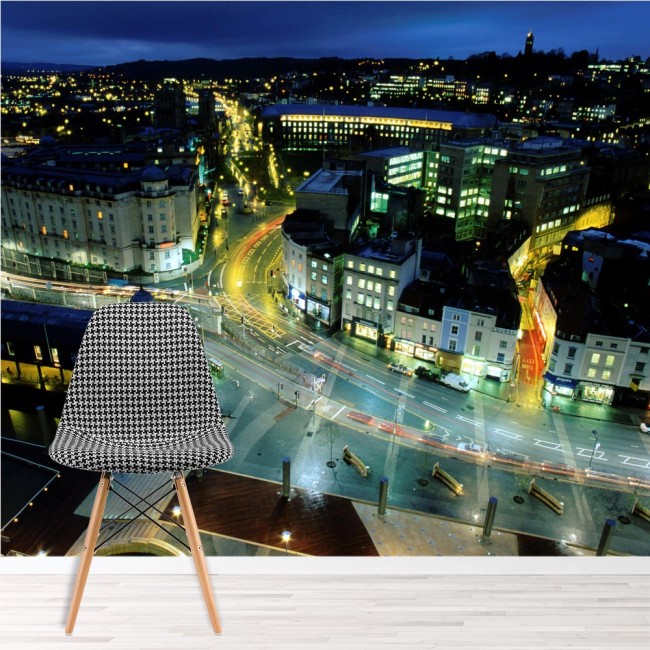
You take some amazing up close and personal photographs. What drew you to this kind of image?
Close up photography has always attracted me, although I’m not entirely sure why. Walking around in nature, the macro world is a totally different realm that is easy to overlook, but I have found myself immersed in it day after day at times.
It can be like flipping a perceptual switch, and suddenly there is an endless stream of beautiful things to see, happening at the same time as all the things we take for granted and with just as much reality within them for those little beings taking part. I find that very rich and addictive and, perhaps, pleasingly alien.
Do you do much post-processing with your images? If so, what kind?
Almost none, as I try to do it all in-camera. Apart from cropping 4:3 images to my preferred 3:2 ratio if necessary (mimicking 35mm), I hardly ever crop at all. I am fairly competent at using Photoshop, but I use it mainly for colour and contrast adjustment when working on my own images. I will occasionally retouch an annoyingly small detail if it is detracting from an otherwise pleasing photo, but we’re talking about litter and detritus, not large changes to the image.
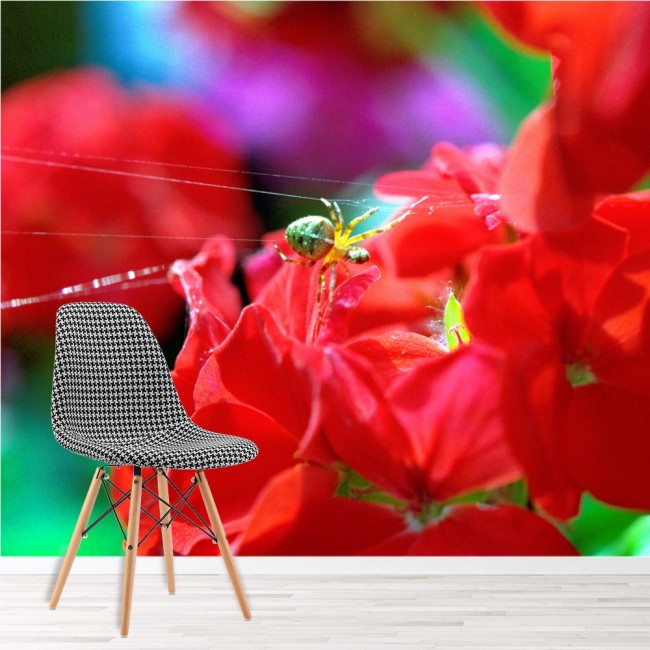
You said you love music in your bio. Who’re some of your favourites?
Back when I had hundreds of vinyl albums, I had over 30 Frank Zappa albums. Hearing his music in my early 20s blew my mind. Jimi Hendrix also amazes me, the way he embodied music so purely, but I remember thinking the same about Eddi Reader at a small gig years ago. I saw Prince in around 1990, and Queen in 1984, BB King in the late ‘80s. He was such a generous performer, playing until the venue staff were likely to physically pull him off the stage, at which point he sat at the front with his legs dangling and we got to say hello and shake his hand. He was playing 300 gigs a year at the time.
More recently I discovered John Zorn, an extraordinarily prolific and versatile composer and sax player, who writes for metal musicians as readily as jazz ensembles or string and vibe trios. His music is often deep and rich and there are well over 400 works recorded, so I know very little of it so far. Some of it is wildly strange, some are delicately beautiful, some is groovy almost beyond belief and one album I’ve heard is even viscerally chilling. Much of it draws on his fascination with his Jewish mystical and spiritual background but his influences are wide-ranging and skilfully integrated.
For the last few years, I’ve found myself playing music more than listening. I’ve been mucking about with drums for many years, mainly hands rather than sticks, although I did have a kit for a while, and I now have a cajon, which I find to be my perfect drum. It’s just like banging on a school desk, which is how I started!
About eight years ago, I picked up a ukulele, a little cheap one, and, unlike the guitar, I found that I couldn’t put it down for long. I started playing some chords, learning some tunes and then more fingerpicking, improvising and jamming with other instruments every chance I got.
I’ve had a chance to play with some really good musicians since then. It surprises many people how versatile the ukulele is and how good it can sound. Of course, I also own a much better ukulele now, which helps. My favourite ukulele player (and one of my favourite musicians) would have to be James Hill. Check out his blazing solo performance of Hendrix’s “Voodoo Child (Slight Return)” and I guarantee you’ll never look at the humble uke in the same way again.
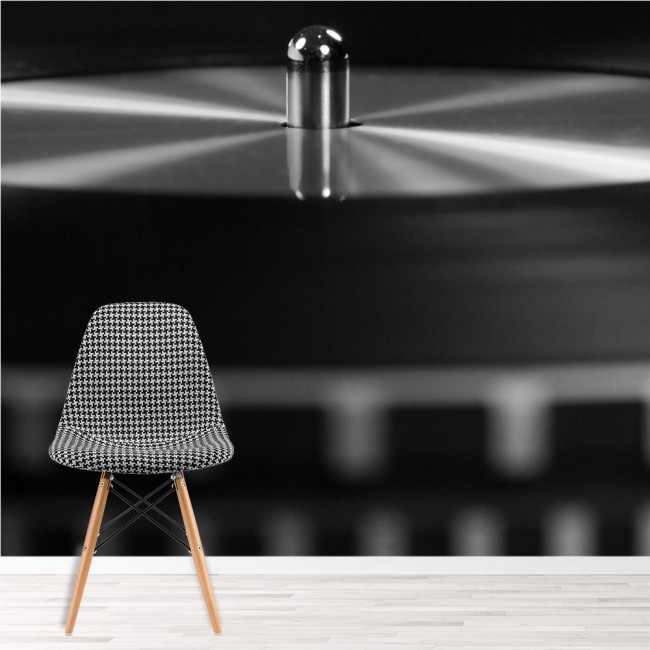
I’ll be sure to check it out! What advice would you give to an aspiring photographer?
Pay as much attention (or even more) to what you exclude as to what you include in the image. This will really, really tighten up your pictures and the impact they have. Everything that isn’t supporting the subject should go, by zooming, or moving, or using depth of field to blur it out if necessary. You could always crop or erase or blur things afterwards, but that sharpens your Photoshop skills, not so much your photographic skills. Learn to do it on the fly and you start to gain photo-ninja powers.
Don’t rush to get a big lens as your primary one, unless you’re often shooting sport, wildlife or something involving distance. Any lens opens up some opportunities and closes off others. You will always get some pictures and miss others, they’ll just be different ones. The fewest opportunities for good photos come when the camera stays at home half the time because it’s too big and heavy. Learn to see more through the lens you have as there are always infinite images out there.
Know what your highlights are doing. Like slide film, digital images permanently lose detail in areas that are overexposed, although RAW files give you some extra latitude during post-processing. Almost all digital cameras have a highlight warning available as a playback option, and/or a histogram. I habitually check these as the review image flashes up, so I know that the brightest area that needs detail in (eg. a sunlit face or a white flower) is not burned out. By all means, let highlights overexpose, just make sure that you’re controlling which ones do and which ones don’t.
If you prefer using a viewfinder to a screen (which is totally understandable), don’t always keep one eye closed. You gain information on what is going to happen next if you are also seeing outside of the frame with the other eye.
Squeeze the shutter, never jab it. Even with image stabilisation being common now, you can still ruin a photo with unwanted motion. Get to know the half-pressure feeling of your camera’s shutter button, so that you can shoot quickly but gently and keep everything steady. This half-pressure will also focus the camera in advance, so it will fire instantly when you squeeze it the rest of the way. This allows you to pick a moment very precisely.
I have always found that the most satisfaction comes from getting the image right in the camera, with only things like the colour and contrast to tweak afterwards, as necessary. Of course, that’s just my preference, and some people are incredibly skilled and creative in Photoshop as well or instead.
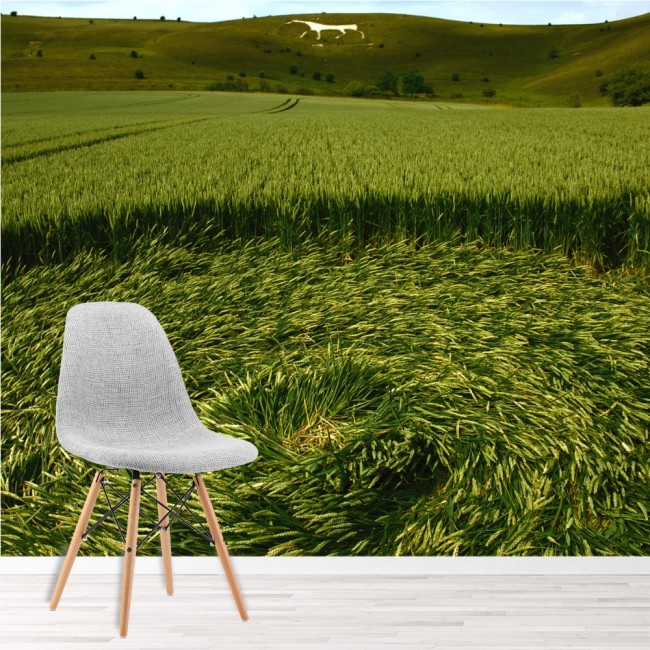
What’s the future looking like? Anything big coming up?
Good question. I’ve just moved into a new home, and I’m looking for more work as well, so that’s a focus at the moment. I’m also thinking of more ways to exercise my creativity, although I don’t want to burden it with having to provide my livelihood unless I can find a way of keeping the fun in it as well. I’m enjoying the people around me. Truthfully, I don’t have any bigger plans right now, but I’m sure things will end up being interesting and absorbing, one way or the other.
